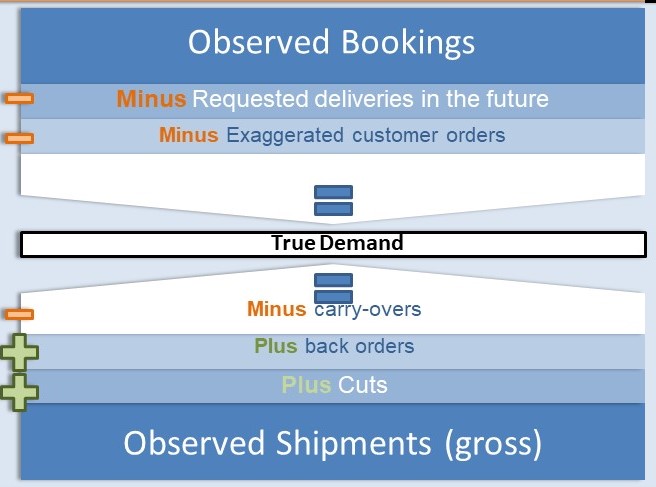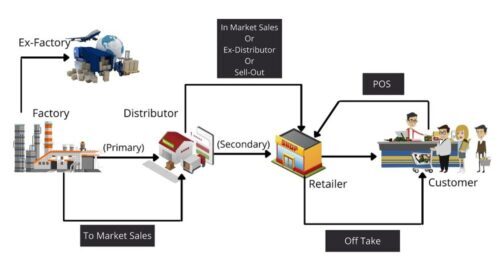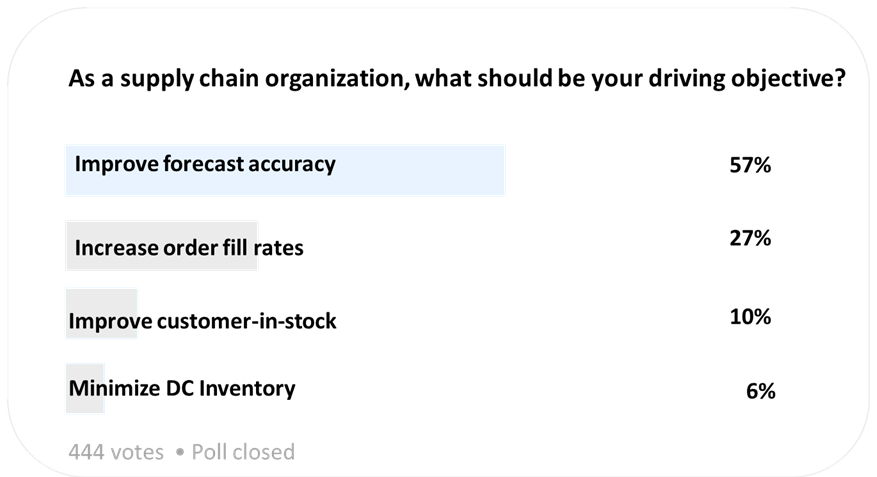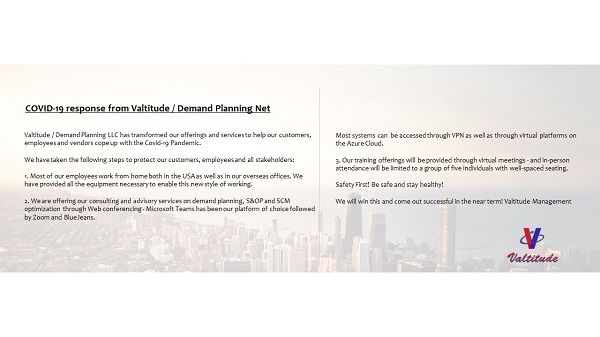Major Roadblocks to Capturing True Demand
In the post-pandemic World, it’s becoming increasingly important for companies to capture true demand – what the customers really wanted to buy rather than observing just what was shipped Understanding customers’ preferences and buying behavior is essential for staying competitive and meeting their needs proficiently.
However, there are several major roadblocks that can prevent businesses from understanding true demand:
1. Insufficient Market information: Without a clear understanding of the demand signals from the market, it can be difficult to make long-term demand assessments. Understanding the market potential as well as the consumer preferences for our specific products and services determine the demand potential.
2. Data Quality and Availability: Even if a company has access to a significant amount of data, it may not be usable or representative of the market potential. Demand data can hide in different pockets or the organization and may not be integrated so as to be available to the decision maker.
3. Supply Constraints: Frequent out of stock can cause to measure a lower estimate of true demand. Some organizations may not even take customer orders when they don’t have any inventory.
3. Inefficient Forecasting Techniques: If a company uses incorrect or outdated forecasting methods, they may not be able to predict demand accurately. For instance, if a company heavily relies on historical data, they may not be able to anticipate market changes or shifts in customer preferences.
4. Exaggerated Customer Order: As a business owner or supply chain manager, understanding the relationship between customer orders and true demand is crucial to the success of your organization. It’s easy to assume that the number of customer orders received is equal to the true demand for your product, but this isn’t always the case. In fact, there is often a gray area that exists between customer orders and actual demand. Which can lead to overstocking, understocking, and ultimately, lost revenue.
One common mistake that businesses make is assuming that customer orders are a reliable indicator of future demand. Exaggerated orders often lead to overproduction, stockouts, and missed opportunities. To avoid these pitfalls, businesses must take a more nuanced approach to forecasting demand and managing inventory.
5. Dependence on a single channel or source: If a company depends on a single channel, such as a physical store or an e-commerce platform, it may not capture the full demand for a product or service. Also, companies that rely only on their internal data and not considering external market trends or market intelligence from third parties may miss important demand signals.
6. Consignment Demand: In this case, inventory may be needed ahead of the occurrence of true demand. Managing consignment demand can be challenging for both suppliers and retailers. One of the biggest challenges is maintaining the right inventory levels. The process of forecasting consignment demand can be quite complex.
One of the most significant challenges is the constantly changing market dynamics. Market trends can change rapidly, and businesses need to be able to adapt to these changes. Another significant challenge is the lack of historical data. Unlike traditional retail, consignment businesses do not own the goods they sell, and this can make it challenging to obtain historical data. This lack of data can make it challenging to accurately predict future demand.
Additionally, with the current digital transformation and ecommerce trend, the demand data is more complex and dynamic, considering the multiple channels where customers look for products or services and comparing prices and features, adding an extra level of complexity for companies to understand customers and market demand.
It’s important for companies to be aware of these barriers and take steps to overcome them to accurately capture true demand for their products or services. This can include implementing robust data collection and analysis systems, developing more accurate forecasting methods, actively seeking out customer feedback and diversifying their channels and sources of information, and providing personalization options to their customers.
You can read our white paper on the method to calculate True Demand here, https://valuechainplanning.com/domain/Demand-Planning-









